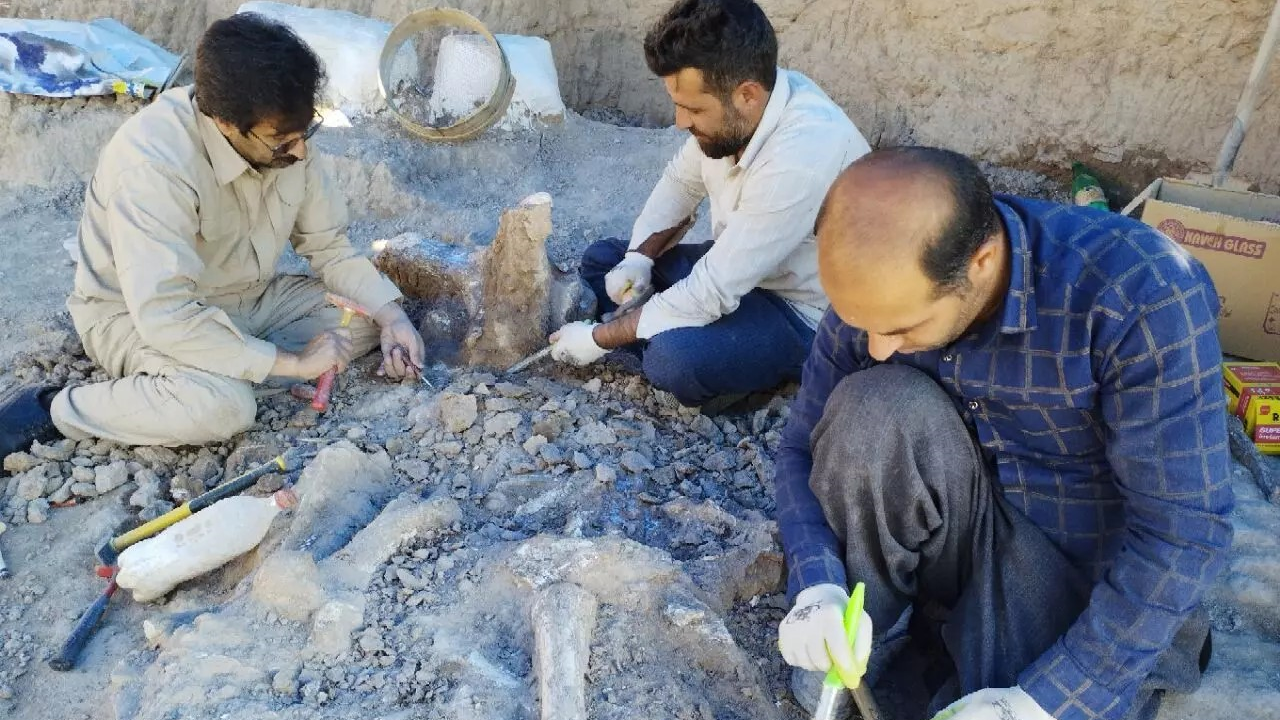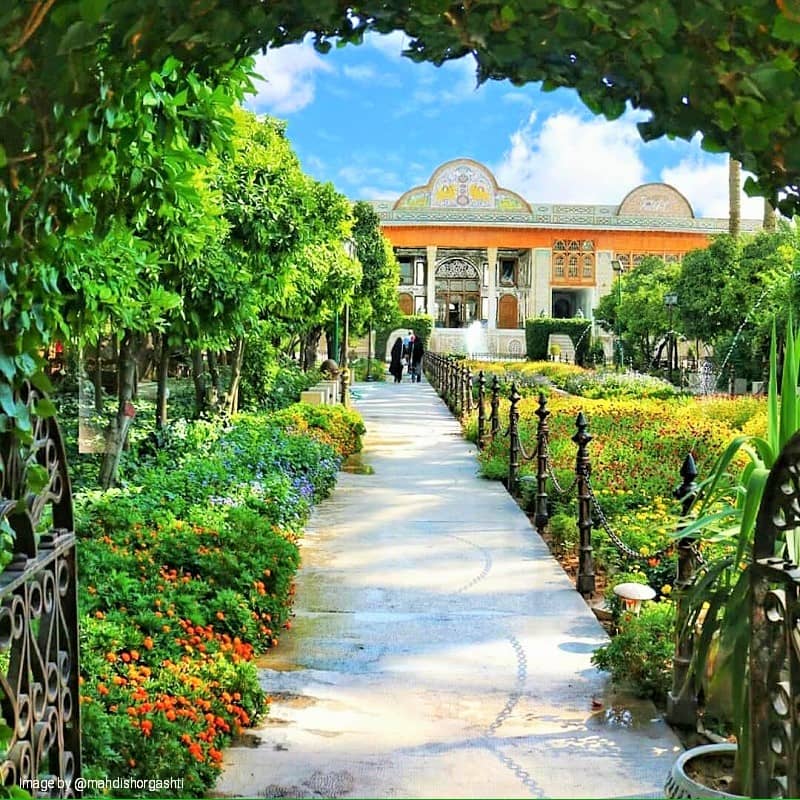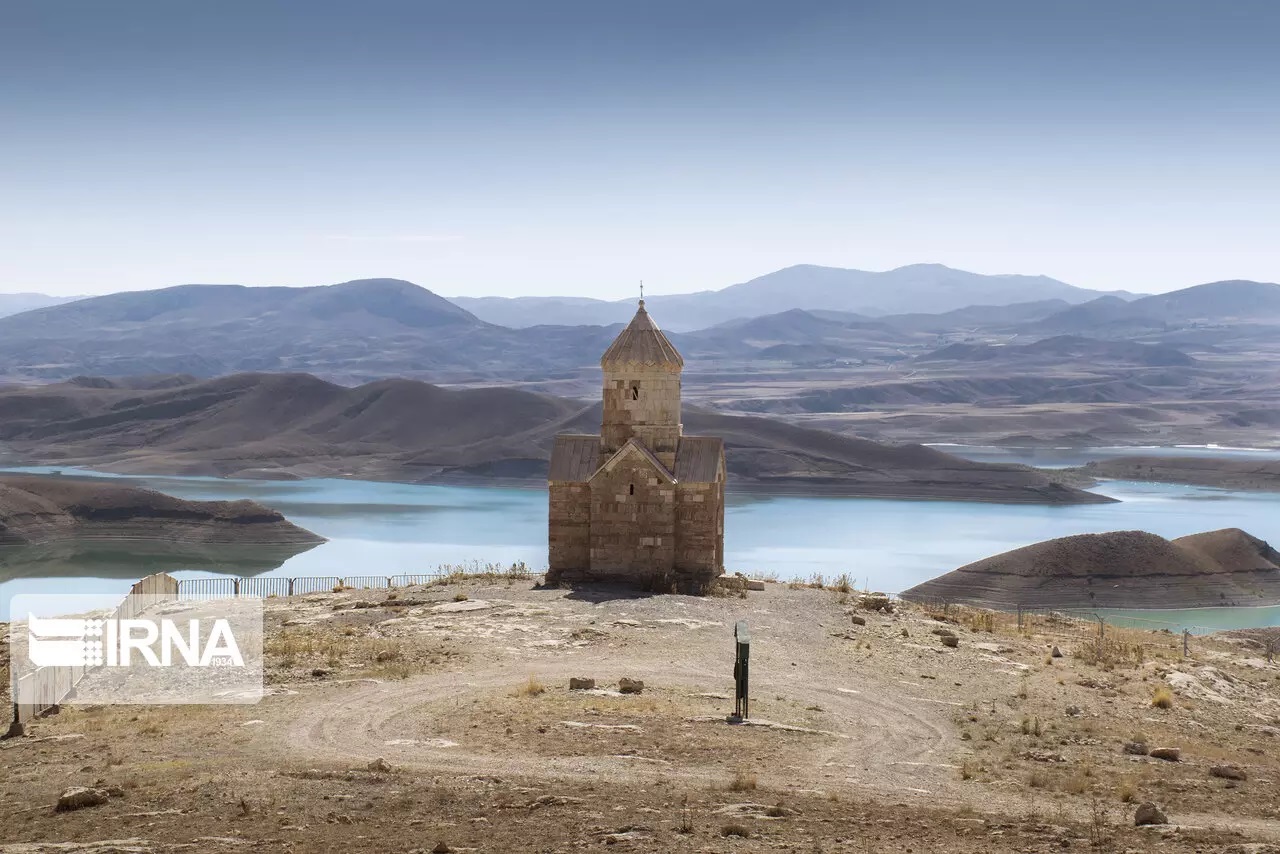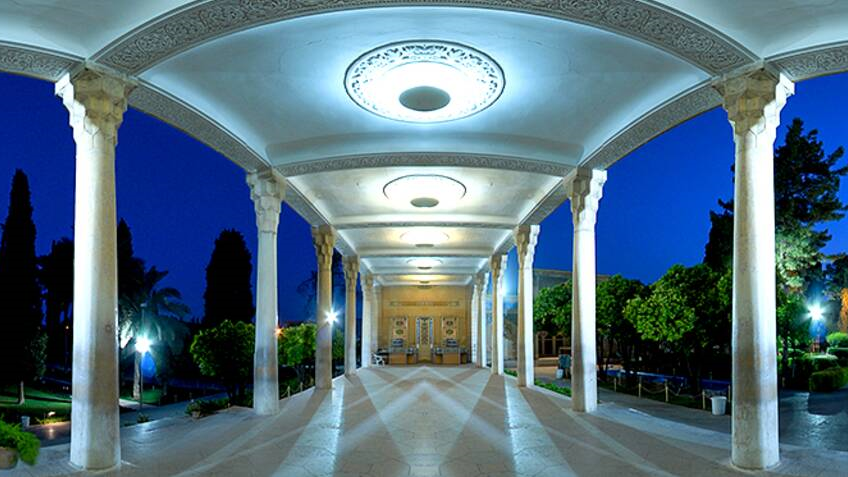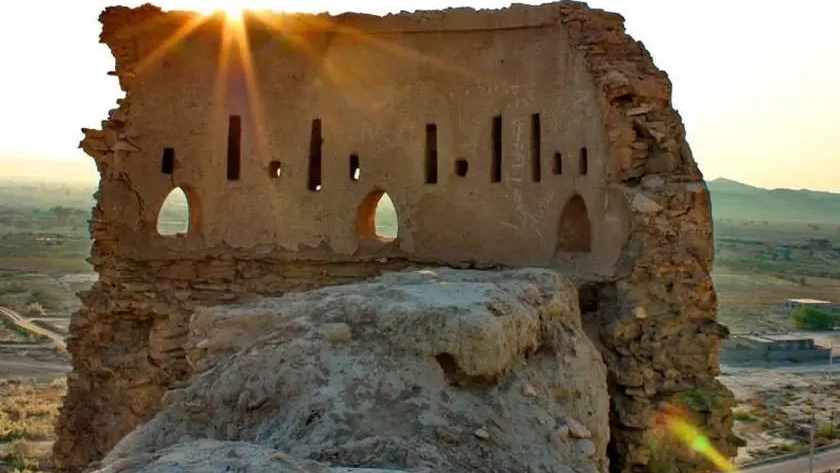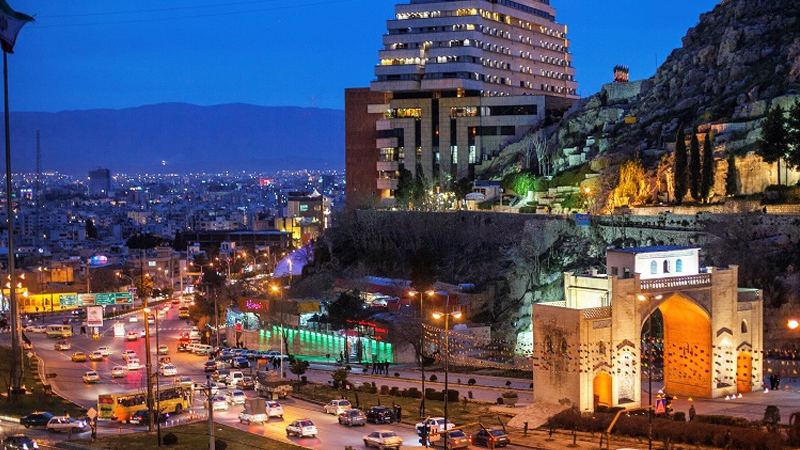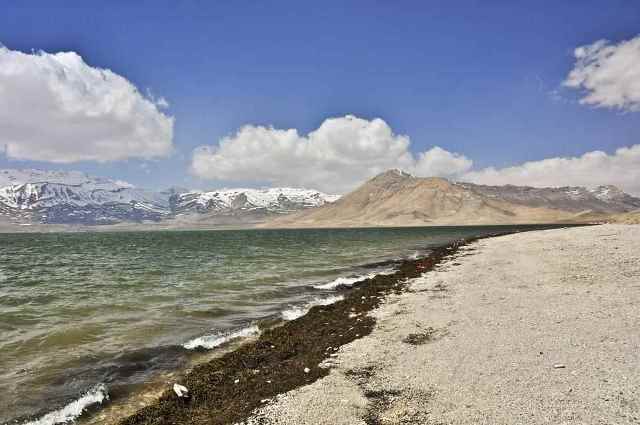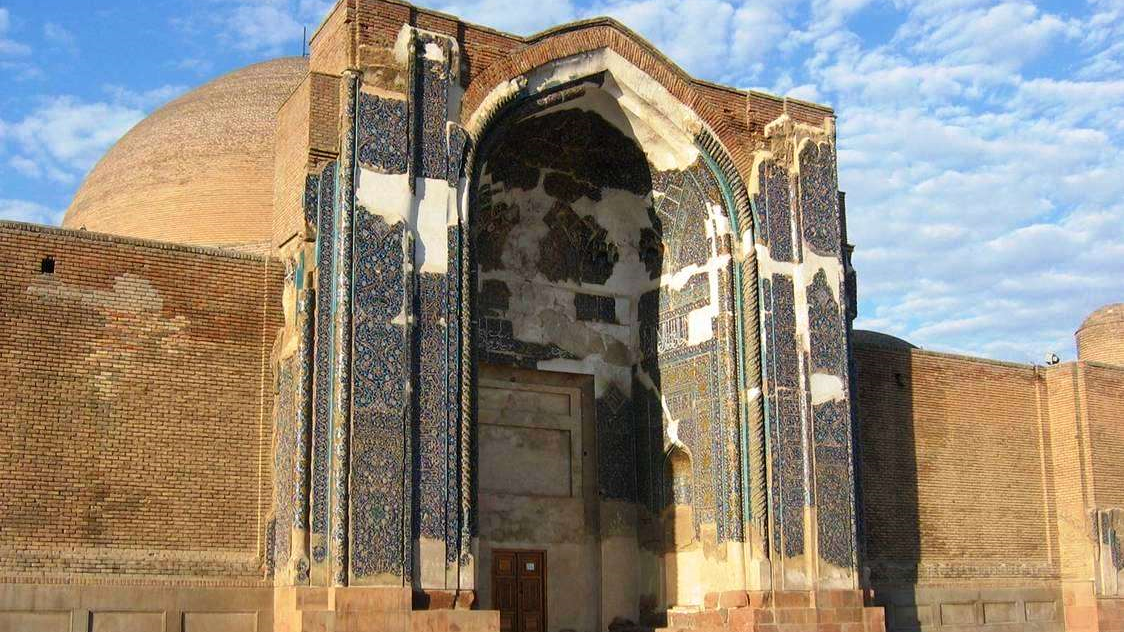
The Ice House of Abarkuh
Located between the three historical cities of Yazd, Isfahan, and Shiraz, Abarkuh has many historical monuments and is considered one of the top 14 tourist destinations in Iran. Aqazadeh Ice House of Abarkuh is one of the 400 historical monuments of this city, which was used in the past to produce and store ice and use it in hot seasons. This ice house was built in the Qajar era (around the 19th century) by using the precise engineering techniques of the time.
Architectural Style of Ice House of Abarkuh
Ice houses were special buildings of Iranian architectural origin, the exact time of their invention is not known, but their efficiency was so high that they continued to be used until electric refrigerators were invented and became popular.
Aqazadeh Ice House of Abarkuh is 12 meters high and deep and the thickness of its walls is three meters. The circumference of the dome of this ice house is 64 meters and its wall is made in a spiral shape in order to prevent heat from entering the lower parts of the structure and preserving the ice produced for a longer time.
Stone, mortar, sand, and lime were the main construction materials used for making this building. In order for the base of the building to be more resistant to moisture, the first half meter of the walls is made of stone and the rest of it of adobe and clay.
The shape of the building, along with the materials used, were the two principles that ensured the efficiency of the ice houses. The construction of the building is compatible with the process of producing ice and the principles of insulation have also been observed in it.
Functionality of Aqazadeh Ice House of Abarkuh
Like other ice houses built in Iran, Aqazadeh Ice House of Abarkuh, too, has the following four main parts:
- A pond for producing ice, which was created as a rectangular pit. This pit was built on the north side of the shading walls so that the least amount of heat would reach it.
- A pit-like ice tank under the dome in which the produced ice was collected.
- Shading walls, which are located in the south of the pond, and their main task was to prevent the sunlight from falling on the ice.
- The big dome of the tank, which is a part of the building that can be seen from the outside, and its construction was done in accordance with architectural principles to prevent heat.
The pond would be gradually filled with water to freeze in layers. The pieces of ice were then transferred to the tank by using a sloping surface. After transferring the ice to the tank, each layer of it would be covered with a plant called “Pisonia”.
In the hot season, a small hatch installed in the ice house would be used for removing ice. This hatch would be blocked with adobe and clay during other seasons of the year. The summer hatch of the ice house is located in the southern part and the winter one is located in the northern part of the building.
Since the construction expenses of making ice houses were quite high, therefore, most of them were owned and controlled by rich people and the so-called nobles. However, some of these ice houses were donated to the public so that everyone would be allowed to take ice from them for personal use.
The Aqazadeh Ice House of Abarkuh was inscribed on the list of Iran’s national heritage in the year 2002 AD.
Aqazadeh Ice House of Abarkuh is one of the 400 historical monuments of this city, which was used in the past to produce and store ice and use it in hot seasons. This ice house was built in the Qajar era (around the 19th century) by using the precise engineering techniques of the time.
| Name | The Ice House of Abarkuh |
| Country | Iran |
| State | Yazd |
| City | Abarkuh |
| Type | Religious |
| Registration | National |
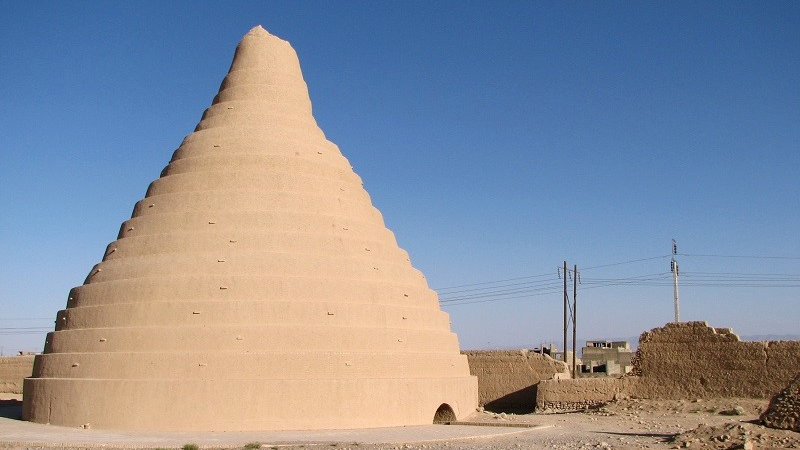



Choose blindless
Red blindless Green blindless Blue blindless Red hard to see Green hard to see Blue hard to see Monochrome Special MonochromeFont size change:
Change word spacing:
Change line height:
Change mouse type:
